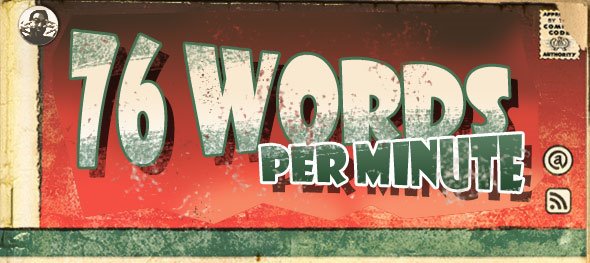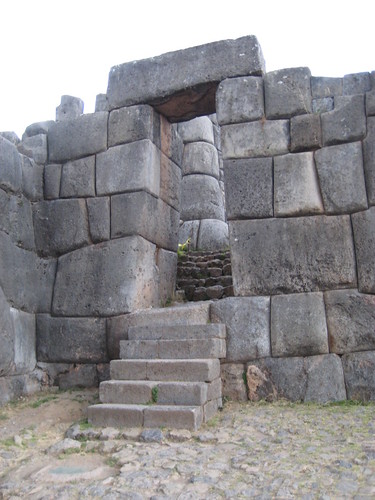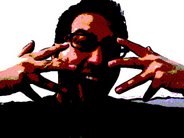Cuzco was a welcome sight after Aguas Calientes. As amazing as Machu Picchu had been, the city was familiar in a way, our home base in Peru as we spent more days there than anywhere else. We had a full day planned for our last entire day there, seeing the ruins of Sacsayhuaman, the colonial demolition of Q'orikancha, and a few other historical sites surrounding Cuzco.
First off, what's interesting is that many of these sites are lumped together by the city of Cuzco under a boleto turistico or a "general tourist ticket." By purchasing the ticket, you are guaranteed entrance to several of the historical venues as they are unavailable to be visited without said ticket. It's a racket of sorts, but by seeing many of these spots on the same day we were able to put many of what we saw in a greater context.
We started our day at the grand cathedral in Cuzco in the Plaza de Armas. Erected during the colonial era, as many of the ancient Catholic churches were, the Cathedral is a gallery in itself as many Peruvian works of art in the baroque style adorn its walls. There were pieces indicative of the early Spanish influence, but more interesting were the blatantly indigenous works. Specifically, we were treated to the crucifix known as the Lord of the Earthquakes. Possessing darker skin and adorned with a traditional Inca kilt, this crucifix is a stark contrast to the European works that abound in the cathedral. The miracle behind the crucifix makes it all the more striking, as it was said to have stopped a major earthquake, but it was its appearance as a work of protest that really emphasized its significance.
Moving along, we came to Q'orikancha. The Spanish conquest claimed this ancient city, as so many others had been overtaken before it. Amongst the plaster walls and tiled roofs were the remains of the ancient city, defiant. Amazingly and fittingly, the Inca walls inside were the only parts of Q'orikancha undamaged by many of the great earthquakes Cuzco has felt. The Spanish originally kept the walls intact for areas of worship, little did they know that it would be vital to the Inca identity of the indigenous people that still lived within Q'orikancha's walls.
From there we traveled to the outskirts of the city to the more ancient ruin of Sacsayhuaman. While impressive, Sacsayhuaman paled in comparison to the might of Machu Picchu. Our guide allowed us to walk freely after he exposited upon the origins of the city, the innovativeness of the architecture, and even some of the hidden aspects of the city. Most fascinating perhaps was the 80 ton boulder built into the walls. How could anyone move such a stone? It was most impressive.
A few of the other sites, Q'enko and even our dinner that night, were notable, but contextually, they didn't make as significant an impression. We were in awe at the knowledge and pride of our tour guide, but mostly we were awash in so much knowledge that we are still processing it weeks afterwards. We were even more amazed that we hadn't even seen all Cuzco had to offer. Knowing that we would leave the next day, we tried to absorb as much as possible as we could on our own, but were glad that we weren't able to. This meant we could one day glean more from Cuzco whenever we returned.
Wednesday, May 28, 2008
Lord of the Earthquakes - Peru Day 6
Subscribe to:
Post Comments (Atom)



No comments:
Post a Comment